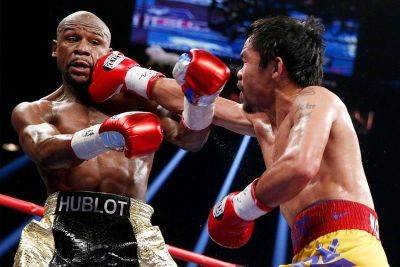ISIS's Alarming Inroads in the Southern Philippines
Musa Muhammad stands at the site where 400 Islamist militants launched an invasion of the southern Philippine city of Zamboanga little over two years ago, sparking 20 days of heavy fighting with security forces. The ruins of his old house can be found there, amid several hundred other razed homes. Since then his family has lived in a sports stadium, refusing to move to a newly built house in another part of town.
“This has been our home for 50 years,” he says. “We’re afraid, but we’ll never leave.”
The Moros (“Moors”), as the Muslims of the southern Philippine region of Mindanao are called, are known for their intransigence. For centuries, they fought the Spanish, Americans and Japanese for their independence. Today, they are fighting Manila too. Some 120,000 people have died, and millions have been displaced, in the past 40 years of insurgency. (Muddying the picture, a separate communist insurgency is also sporadically waged in parts of Mindanao by the New People’s Army, which is thought to consist of some 3,200 fighters.)
Yet many Moros, like Musa, are not victims of a heavy-handed central government but the casualties of infighting among their own kin. The battle at Zamboanga, which led to the destruction of Musa’s home, started off when factions of one rebel group, the Moro National Liberation Front, wanted to signal their displeasure with the peace negotiations with Manila then being carried out by another rebel group, Moro Islamic Liberation Front. It took 3,000 troops to end the rebel occupation of several districts of the city, in an operation that saw 51 insurgents killed and drove 70,000 people from their homes.
Now those talks have stalled and, in the frustrated void that has followed their collapse, extremism has taken root. Several Moro outfits have pledged allegiance to terrorist group Islamic State of Iraq and Greater Syria (ISIS) and carried out attacks in its name.
One of those groups is the Abu Sayyaf militia, whose head Isnilon Hapilon — now styled Sheik Mujahid Abu Abdullah al-Filipini — has been appointed ISIS’s leader in the Philippines. Presently, the Philippine army is attempting to strike at the group’s jungle stronghold on the island of







